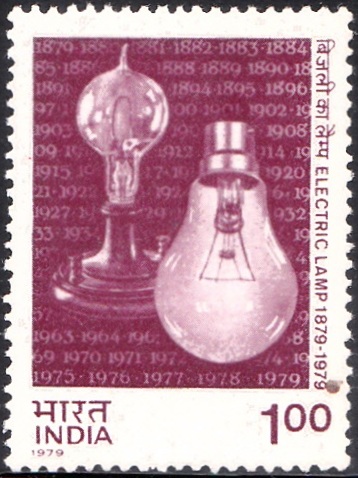
India on Electric Lamp
A commemorative postage stamp on the Centenary (1879-1979) of the Electric Lamp Invention by Thomas Edison, an American inventor and businessman :
Issued on Oct 21, 1979
Issued for : The Posts and Telegraphs Department feels privileged in honouring Thomas Alva Edison by issuing a special postage stamp commemorating the invention of electric light bulb by him one hundred years ago.
Type : Stamp, Mint Condition
Colour : Red purple
Denomination : 100 Paise
Overall size : 3.91 X 2.90 cms.
Printing size : 3.55 X 2.54 cms.
Perforation : 13 X 13
Watermark : Printed on unwatermarked adhesive stamp paper
Number printed : 20,00,000
Number per issue sheet : 35
Printing process : Photogravure
Designed and printed at : India Security Press
Name : Thomas Alva Edison
Born on Feb 11, 1847 at Milan, Ohio, United States
Died on Oct 18, 1931 at West Orange, New Jersey, United States
About :
- Thomas Alva Edison, U.S. inventor, best known for his development of the phonograph and the incandescent lamp, was even more notable for the wide range of his interests.
- He was born in Milan, Ohio, on February 11, 1847. He was experimenting for some time with what he called “electric lamp for giving light by incandescence“. On October 21, 1879, in his laboratory in Menlo Park, New Jersey, after spending more than $40000 in fruitless experiments, he finally succeeded in making an incandescent lamp in which a loop of carbonized cotton thread glowed in a vacuum glass bulb for more than 40 hours. He himself described the event as “the sight we had so long desired to see met our eyes“. The following decade was devoted to the invention and exploitation and methods for the generation and distribution of electricity, including the three-wire system.
- In his life time of 84 years (he died in 1931), he patented over 1030 inventions which changed our way of living. In 1883 he patented what became known as the “Edison effect“, the passage of electricity from a filament to a plate of metal inside an incandescent lamp globe (a forerunner of the electron tube).
- His invention of the electric bulb, in a way, revolutionalized the technical and social development of mankind. This small ubiquitous device which is so familiar today, is really a gift to the humanity by this great scientist, who worked hard to continuously improve its performance ever since its invention.
- In the course of years, the method of production of electric bulb has developed from manual techniques to a completely mechanical activity in order to cater to the ever increasing demand all over the world, and, as a result of it, a new great break-through was achieved in incandescent lamp technology with the halogen lamp having a luminous efficacy of 20 to 30 lumens per watt.
- In an indirect way, the incandescent lamp has been the motive power behind all further development in the industrial and domestic use of electricity. The fact that radio valves were derived originally from the incandescent lamp, confirms the origin of electronics and its later development as well. The electric lamp, without doubt, has brought ‘Light for everybody‘ and is still doing so!



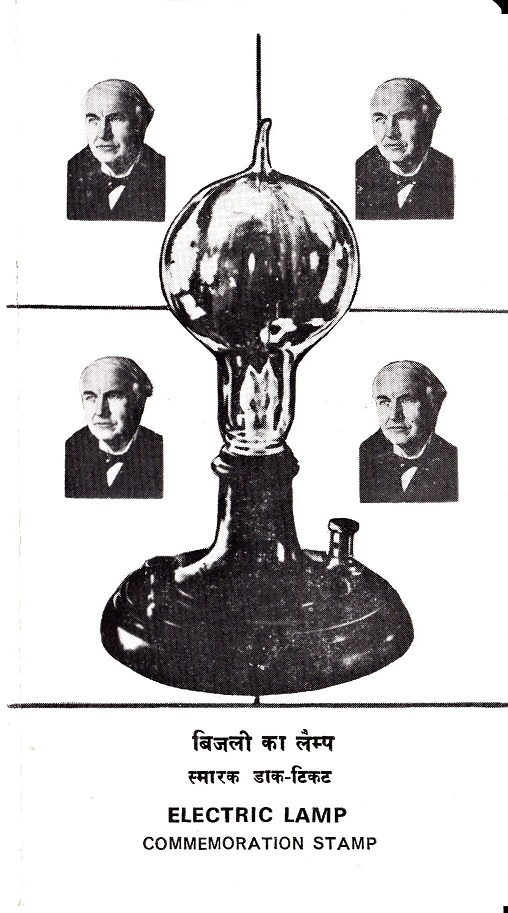 Issued by
Issued by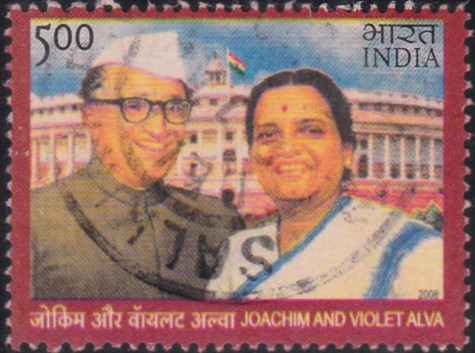
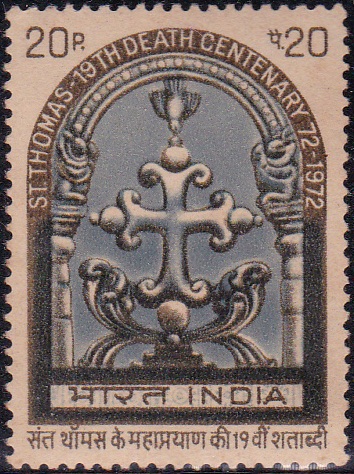
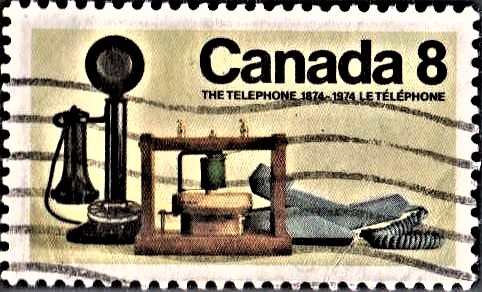
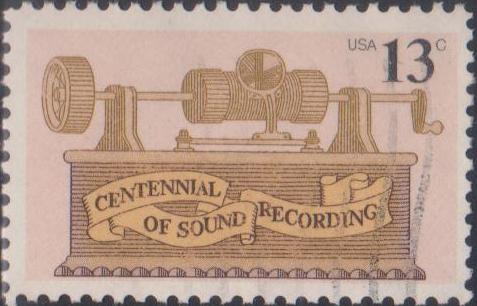
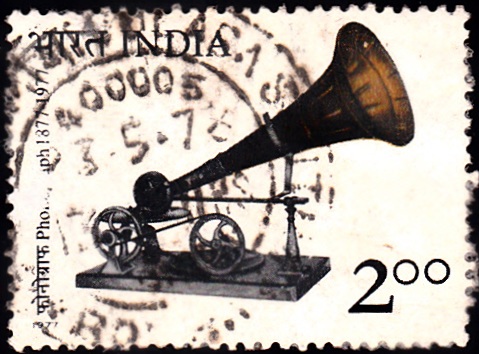
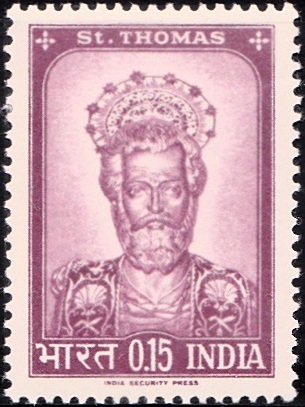
[…] of Westport, Connecticut, depicted a stylized version of the original photograph, by which inventor Thomas A. Edison in 1877 heard the world’s first playback of recorded sound: his reproduced voice reciting “Mary […]
[…] November 1895, publishing his observations in an obscure local journal of Warzburg in January 1896. Thomas Alva Edison confirmed his findings shortly after the announcement adding prophetically :“Professor […]
[…] for a machine to record and replay sound. At about the same time and quite independently, Thomas Alva Edison, while experimenting with means of transmitting signals by telegraph, discovered a method of […]